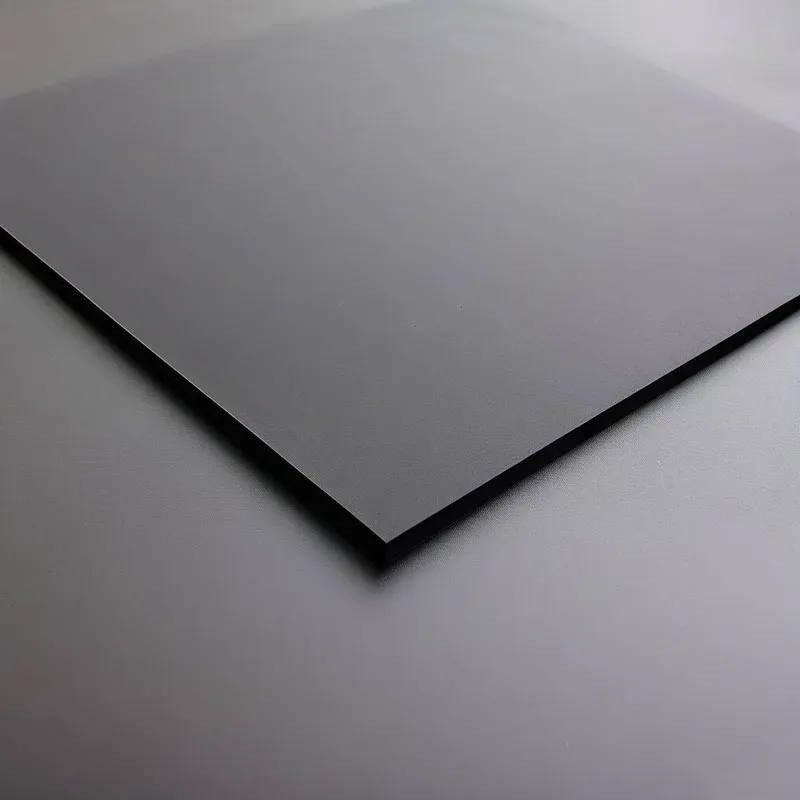How to make rubber compound?
2024-09-24
Making a rubber compound involves several steps and requires specific materials and equipment. Here’s a basic overview of the process:
Materials Needed
1. Base Polymer: Common choices include natural rubber (NR), synthetic rubber (SBR, EPDM, etc.).
2. Fillers: Carbon black, silica, or other reinforcing agents.
3. Additives: Antioxidants, plasticizers, curing agents (sulfur), accelerators, and other chemicals to enhance properties.
4. Processing Aids: Oils or waxes to improve processing characteristics.
Equipment Required
- Mixing Mill or Internal Mixer: For blending materials.
- Batch Mixer: For smaller quantities.
- Measuring Tools: To ensure accurate proportions.

Steps to Make Rubber Compound
1. Weigh Ingredients: Accurately measure the base polymer, fillers, and additives according to the desired formulation.
2. Initial Mixing:
- Use an internal mixer or a two-roll mill to combine the base polymer with fillers and additives.
- Mix until the ingredients are uniformly distributed.
3. Adding Curing Agents:
- Once the initial mix is uniform, add curing agents and accelerators.
- Ensure thorough mixing to activate the curing process.
4. Batching:
- After mixing, batch the compound into appropriate forms (sheets, pellets) for easier handling.
5. Testing:
- Perform tests on the compound for properties like viscosity, hardness, and tensile strength to ensure it meets specifications.
6. Curing:
- The compound can be cured through heat (vulcanization) in molds to achieve the final rubber properties.
Safety Precautions
- Wear protective gear, including gloves and masks, when handling chemicals.
- Ensure proper ventilation in the mixing area to avoid inhaling fumes.
By following these steps, you can create a rubber compound tailored to specific applications and performance requirements.


